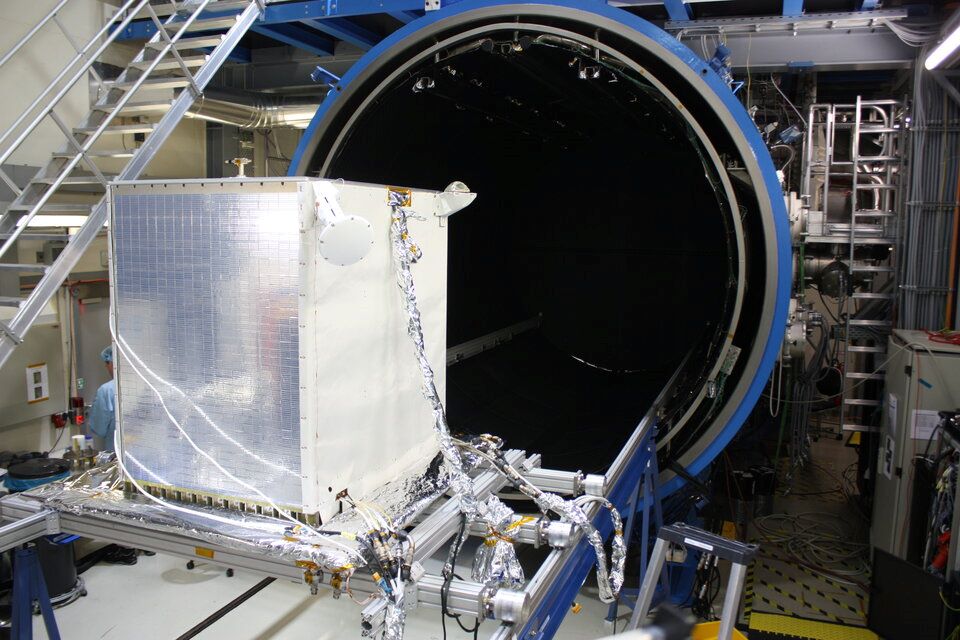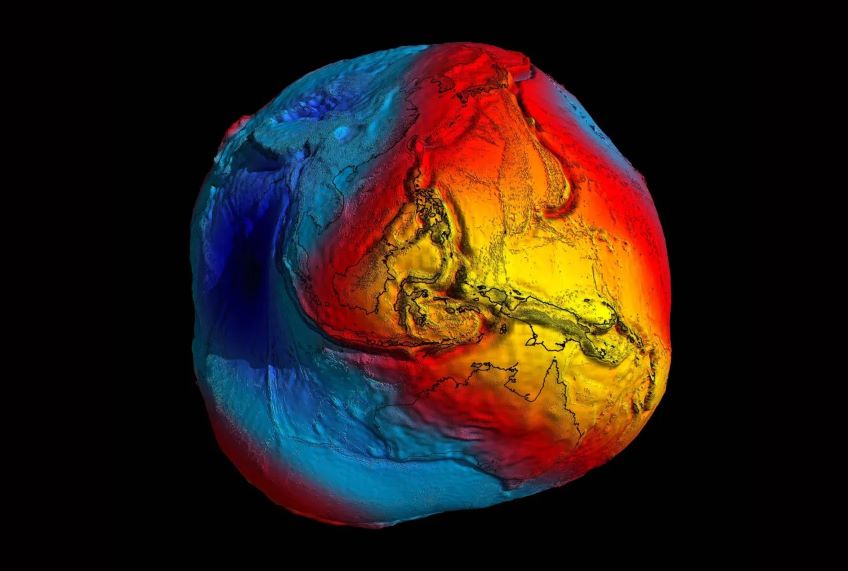New era of precision: ESA launched space-based atomic clock
A revolution in timekeeping is unfolding 400 kilometers above Earth. Installed recently on the International Space Station (ISS), the European Space Agency’s Atomic Clock Ensemble in Space (ACES) is ushering in a new era of precision in science, engineering, and geodesy — the science of measuring Earth's shape, gravity, spatial position, and even time itself.
At the heart of ACES are two of the most sophisticated timekeeping devices ever developed: the French-built caesium-based clock PHARAO and the Swiss-developed Space Hydrogen Maser (SHM). Combined, they form a single timekeeping signal with unmatched stability.
More to read:
ESA satellite discovers lost continents beneath Antarctica’s ice
Unlike pendulum clocks, which are easily affected by environmental conditions and can drift by seconds each day, ACES is so precise it would take 300 million years to gain or lose a single second.
Timekeeping of this precision has implications far beyond setting watches or synchronizing networks. It allows scientists to test Einstein’s theory of general relativity in a real-world setting, particularly the phenomenon of gravitational time dilation — where time moves slower in stronger gravitational fields.

ACES undergoing vacuum testing at the Airbus facilities in Friedrichshafen, Germany. Credit: ESA
By comparing the ticking rates of ACES in orbit with ultra-precise clocks on Earth, researchers can map how gravity varies over the planet’s surface.
Quest for a global height standard
One of the most immediate practical benefits of ACES lies in geodesy. Currently, Earth’s elevation measurements rely on sea level, which is not a uniform global constant. Different countries use different reference seas to define “zero elevation,” leading to costly errors, according to MIT Technology Review.
A famous example occurred in 2003 when German and Swiss engineers tried to build a bridge over the Rhine River. Using different sea-level reference points, their measurements resulted in a vertical misalignment of 54 centimeters between the two sides of the bridge.
More to read:
NASA mapped California cities that are sinking
To address such inconsistencies, scientists adopted the International Height Reference Frame (IHRF) in 2015 — a global standard that, like latitude and longitude, seeks to unify elevation data. However, this model is still based on imperfect gravitational measurements, particularly in poorly surveyed regions such as Africa and South America.
That’s where ACES comes in.
By measuring tiny time differences between Earth-based clocks and ACES, geodesists can infer variations in gravitational potential with centimeter-level precision. Essentially, time becomes a ruler. A clock ticking faster in one location than another implies a weaker gravitational field and, therefore, higher elevation.

This method allows scientists to update Earth’s geoid model — a lumpy, potato-shaped approximation of the planet where every point experiences the same gravitational pull (pictured above) — with unparalleled accuracy.
Building the clock network
The ultimate vision is to create a synchronized network of atomic clocks across the globe, all linked through ACES. Ground stations in Europe, the U.S., Japan, and the U.K. are already equipped to communicate with the ISS via both microwave and laser links.
These stations will compare their local clock readings with the signals from ACES, allowing scientists to measure time differences with incredible accuracy. These differences translate directly into geopotential differences, paving the way for a consistent global elevation reference.
More to read:
NASA shuts down two science instruments on Voyager probes to prolong their missions
Currently, ACES can provide height data with a precision of around 10 centimeters. But this is just the beginning. Scientists are already working on optical clocks with accuracy levels up to 50 times greater than ACES, aiming to achieve sub-centimeter resolution in the coming decades.
Such advancements would also redefine the SI second, the fundamental unit of time, based on optical frequencies.
After launch on 21 April 2025, the device was installed on ESA’s Columbus module aboard the ISS and began its initial six-month commissioning phase. The mission will then continue for at least two years, collecting data in ten 25-day sessions.







